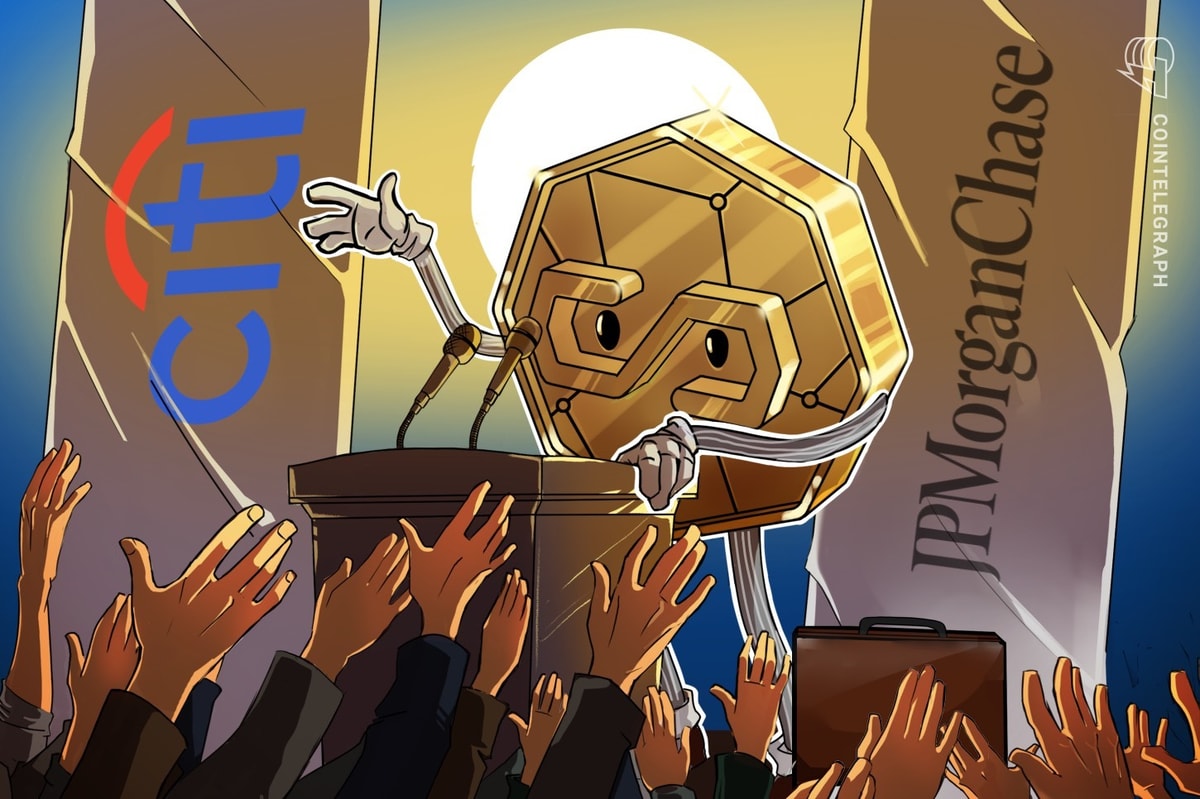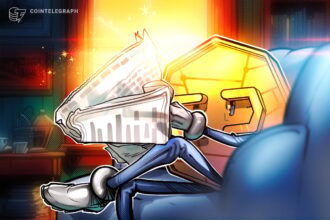JPMorgan, Citigroup Signal Intention to Enter Stablecoin Market
The largest US bank, JPMorgan Chase, stated on Tuesday that it intends to become involved in the stablecoin sector, adding to recent moves by other financial giants.
Speaking during JPMorgan’s earnings conference call, CEO Jamie Dimon said, “We’re going to be involved in both JPMorgan deposit coin and stablecoins to understand it, to be good at it.” While acknowledging the existence of stablecoins, Dimon questioned their utility compared to traditional payment systems, stating, “I don’t know why you’d want to [use a] stablecoin as opposed to just payment.”
The announcement followed Citigroup’s similar plans revealed during its own post-earnings call. Citigroup CEO Jane Fraser stated, “We are looking at the issuance of a Citi stablecoin… but probably most importantly is the tokenized deposit space,” adding that she sees “a good opportunity” in the sector.
Both announcements occur as several major banks are reportedly discussing joint issuance of a stablecoin. According to a Wall Street Journal report from July 2024, an alliance led by JPMorgan, Bank of America, Citigroup, and Wells Fargo is contemplating a joint stablecoin initiative.
A significant motivator for banks’ increasing interest is the potential regulatory relief offered in the United States. The GENIUS Act, aiming to regulate stablecoins, has cleared Senate passage and is awaiting House consideration. President Donald Trump endorsed the legislation during Tuesday’s “Crypto Week” in Congress.
The growing appeal of dollar-pegged stablecoins extends beyond immediate financial services competition; proponents view them as a mechanism to bolster the global dominance of the US dollar.
The stablecoin market, tracked by DefiLlama, currently holds a market capitalization exceeding $258 billion, marking a 58% increase since July 16, 2024.
Despite Dimon expressing skepticism towards stablecoins, the increasing institutional embrace suggests they may indeed serve a valuable function in the evolving financial infrastructure, potentially as an alternative payment system.












